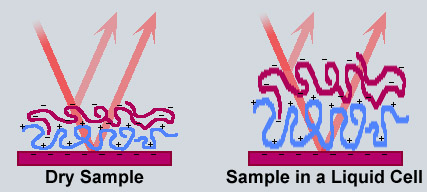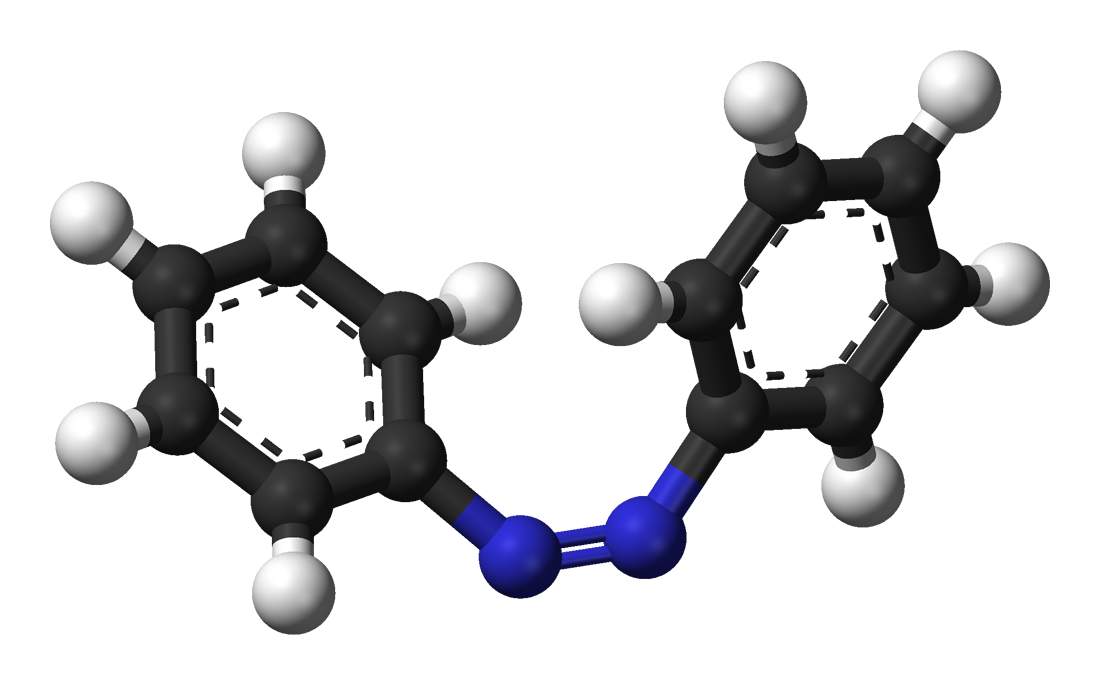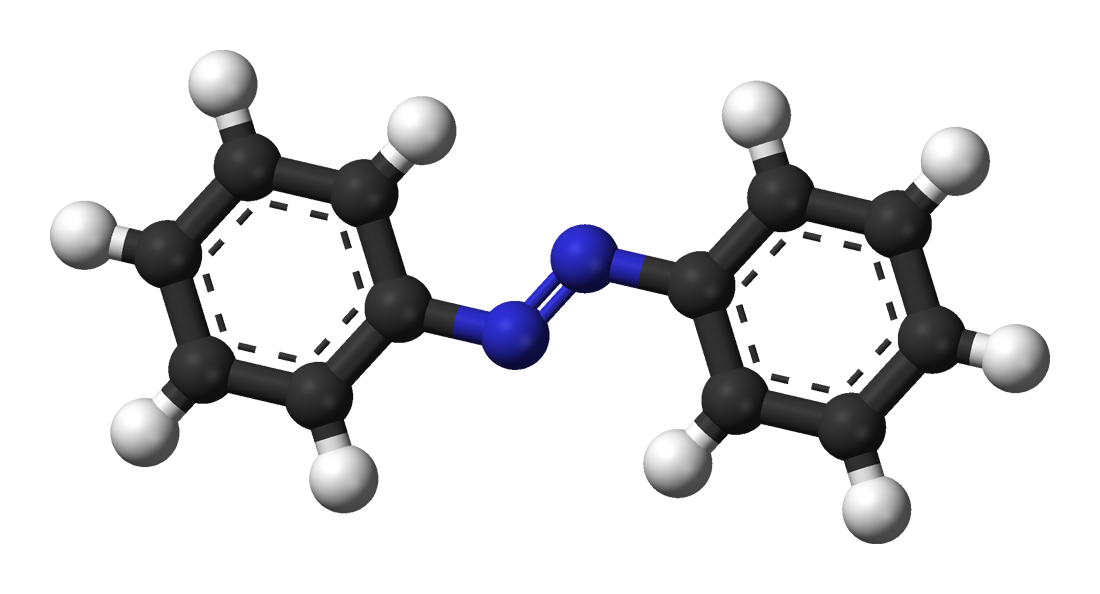In order to study all of these interesting phenomena, our lab employs techniques of spectroscopy, microscopy, and surface science. One of our main interests is in how one can observe the structure and behaviour of these polymer films in situ (underwater) in the adsorption baths (or in a biological environment). This can be markedly different from the dried state where most measurement techniques are confined, but can sometimes be devilishly difficult to obtain.
We can make in situ measurements using UV-visible spectroscopy, where we have built a simple absorbance spectrophotometer for use with liquid cells to observe fast isomerization phenomena (>10,000 data points a second), and have also layered polymer onto nanoparticles, which can be packed into an NMR spinner for solid-state 1D and 2D proton and carbon measurements of layer conformation and bonding.
Microscopy studies include optical techniques, as well as force microscopy (AFM), to probe structural properties of the thin films. We are also working with contact angle measurements and ellipsometry, which we can do in a liquid cell (shown here).


